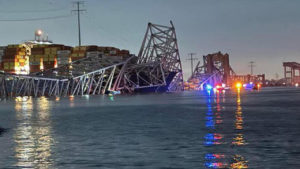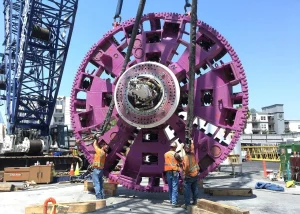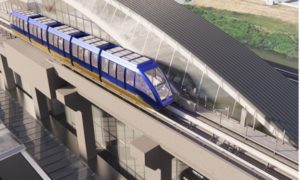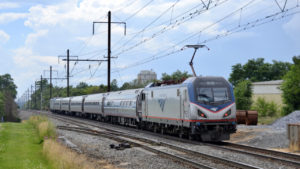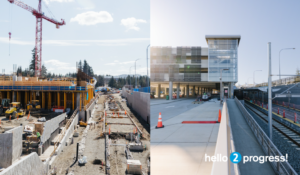“Gateway to San Gabriel Valley” final design approved
Written by jroodThe I-210 Gold Line Bridge, which will one day serve as the "Gateway to the San Gabriel Valley," moved closer to completion with the approval of its final design by Caltrans and the The Metro Gold Line Foothill Extension Construction Authority. The bridge is the first component of the 11.5-mile Gold Line Foothill Extension light-rail project from Pasadena to Azusa, Calif., to advance from the design phase to the construction phase.
The $18.6 million bridge, which has been undergoing design and pre-construction since August 2010, is being built by Skanska USA. Since the contract was awarded last year, the Construction Authority and Skanska’s primary design subcontractor (AECOM) have been working with Caltrans and Metro to integrate their different design standards into the structural and aesthetics design for the bridge, going through multiple design submittals with increasing level of detail.
The original concept for the bridge design was envisioned by internationally-recognized and award-winning artist Andrew Leicester, selected to be the project’s Design Concept Advisor following a competitive, international search. With two prominent “basket” columns and a curve-shaped underside of the superstructure, Leicester’s design recognizes the region’s original American Indian inhabitants and the important role they played in the development of the San Gabriel Valley.
In addition to the unique design elements, AECOM is integrating Time Domain Reflectometry technology that has never been used before in bridge foundations. This technology can help assess any damage following an earthquake. The reinforcing steel cages that strengthen the bridge’s 110-foot deep, 11-foot diameter major foundations include wiring placed into the structures that will be able to provide electrical feedback when signals are transmitted down the columns to identify any damage. This “smart column” technology will allow engineers to make an initial assessment regarding the integrity of the columns’ structures electronically, rather than relying on the traditional method of digging trenches adjacent to areas where engineers suspect damage could be found.

